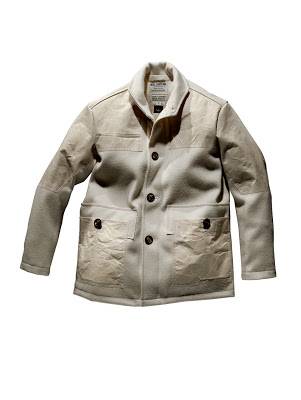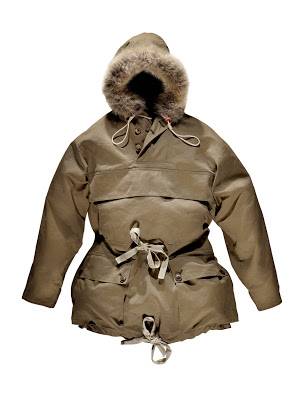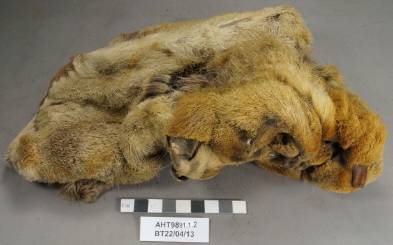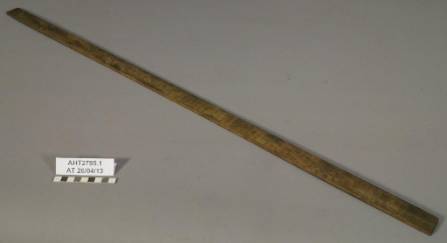Author: Stefanie White
Date: 25t June 2014
Temperature: -22.4 degrees celcius
Wind Speed: 7.7 kts 40 NE
Temp with wind chill: -31.7 degrees celcius
Sunrise: N/A
Sunset: N/A
Passing through the conservation laboratory at Scott Base is a memorable and extraordinary experience. There is continuously a spectacular display of different objects in various stages of conservation treatment.
Working Lab
One bench displays the mid-treatment of metal food liners and boxes, another bench reveals 32 ration bags filled with cocoa powder, flour, cereals and curry powder and another bench modestly exhibits penguin skeletons.
Sledging ration bags containing cocoa powder, cereals, flour and spices
Every day each one of us is presented with challenges and discussion in material science and the conservation of such objects. Meg is currently conserving a wooden tent frame, 2 penguin skeletons and a box of cement for a seismograph.
Meg conserving two Penguin skeletons
Sue is carrying out the conservation treatment of an iron alloy supply box filled with sugar cubes that are largely dissolved and recrystallized into a solid mass, and I am working on the 32 ration bags, a wooden stool and lead bucket with layers of paint on its surface.
Looking around the lab today it reminds me of how fortunate object conservators are to work on such a large and varied selection of materials.
Stefanie conserving Lead bucket and Sue conserving sugar in metal liner.







.jpg)
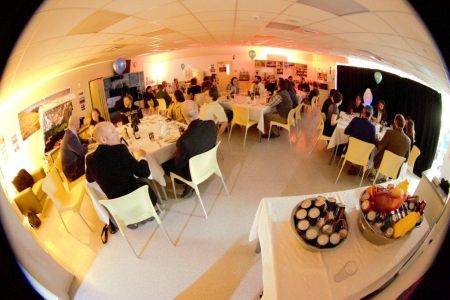
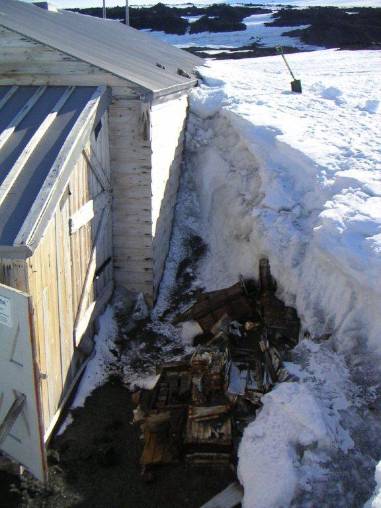
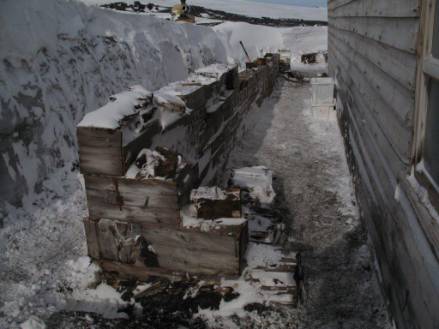
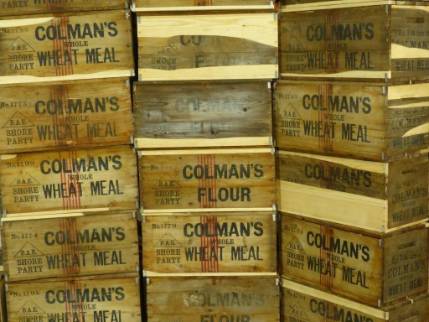

.jpg)
